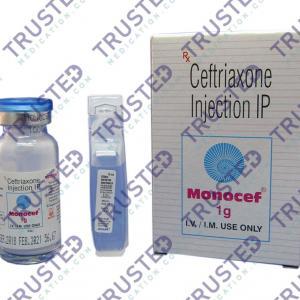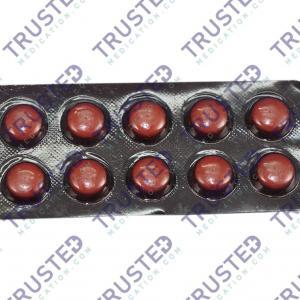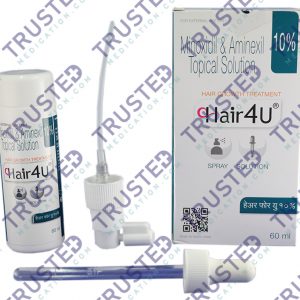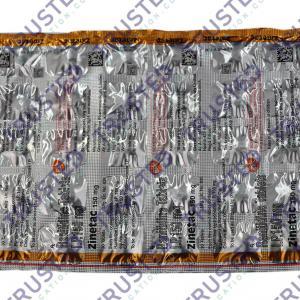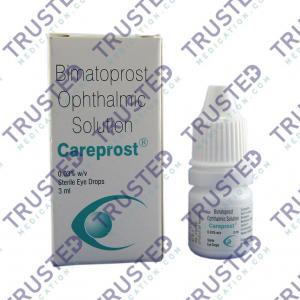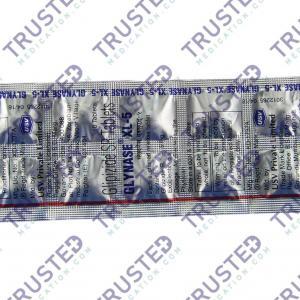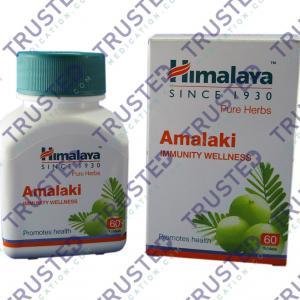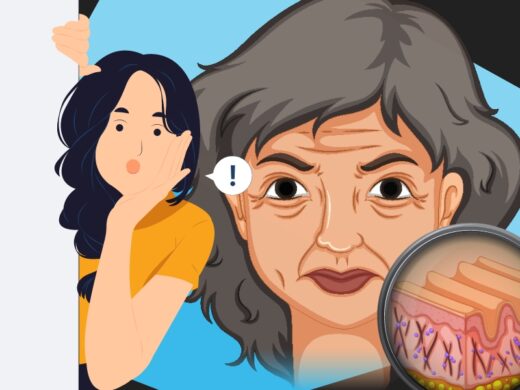
People ageing with HIV share many of the same health concerns as the general population aged 50 and older. In addition, while effective HIV treatment has decreased the likelihood of AIDS-defining illnesses among people ageing with HIV, many HIV-associated non-AIDS conditions frequently occur in older persons with HIV, such as cardiovascular disease, diabetes, renal disease, and cancer. These conditions are likely related to several interacting factors, including chronic inflammation caused by HIV. Researchers are working to understand better what causes chronic inflammation, even when treating people with ART.
Currently, there’s no cure for HIV/AIDS. Once you have the infection, your body can’t get rid of it. However, many medications can control HIV and prevent complications. These medications are called antiretroviral therapy (ART). Everyone diagnosed with HIV should be started on ART, regardless of their stage of infection or complications.
Each class of drugs blocks the virus in different ways. Treatment involves combinations of drugs from different classes to:
- Account for individual drug resistance (viral genotype)
- Avoid creating new drug-resistant strains of HIV
- Maximize suppression of the virus in the blood
Medication that can be used for HIV:
- Tenofovir – is an antiviral medication used for a patient with HIV. It helps prevent the infection from spreading. It can block the other cells from infecting. It’s approved by the U.S. FDA and proven safe to use.
What Are The Health Risks For Aging Adults With HIV?
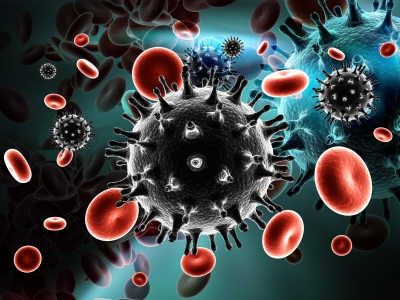
Many risk factors for HIV are the same for people of any age. But like many younger people, older people may not be aware of their HIV risk factors.
In the United States, HIV is spread mainly by:
- Having anal or vaginal sex with someone who has HIV without using a condom or taking medicines to prevent or treat HIV
- Sharing injection drug equipment (works), such as needles, with someone who has HIV
Some age-related factors can put older people at risk for HIV. For example, age-related thinning and dryness of the vagina may increase the risk of HIV in older women. Thinning and dryness of the vagina can cause a tear in the vagina during sex and lead to HIV transmission. Older people may also be less likely to use condoms during sex because they are less concerned about pregnancy. Talk to your healthcare provider about your risk of HIV and ways to reduce your risk.
Medication Interaction of HIV Medication to Aging Adults
There are a couple of main concerns regarding managing HIV in an ageing population. First, patients live long enough to develop chronic age-related comorbidities, such as heart disease, kidney disease, diabetes, chronic pulmonary disease and other chronic health-related issues. Inevitably, these comorbid conditions result in the need for additional medications that can complicate treatment. Drug-drug interactions, increased adverse effects, and possible reduced compliance with ART are all potential complications as the pill burden increases. Secondly, physiologic changes can affect the pharmacokinetics of the drugs we use to treat HIV infection. As we age, body fat increases, and there is a decrease in free water and a decline in renal and hepatic function, which all can significantly impact the pharmacokinetics of our therapies.
Polypharmacy uses five or more medications and is a significant public health issue facing older adults. It is more common among PLWH than the general population. Among PLWH, the prevalence of polypharmacy increases with age and with the duration of HIV infection.
What are the Comorbidities Associated with Aging HIV Patients?

- HIV may contribute directly to increased medical comorbidity, and specific ART regimens may contribute to increased cardiovascular risk.
- Older persons with HIV have higher fracture rates (broken bones) than the general population, consistent with findings of more significant than-expected bone loss in bone density testing in older men living with HIV.
- Chronic inflammation is associated with increased osteoporosis and cardiovascular disease and may underlie bone disease in HIV infection.
- The combination of HIV infection, typical osteoporosis risk factors, and antiretroviral treatment may contribute to bone disease in HIV infection.

